10 Animals That Mate for Life
Finding a partner and sticking with them for life isn’t all that common in the animal world, but a few species really commit. Scientists have found lifelong bonds among creatures in trees, rivers, oceans, and even underground. For these ten animals, pairing up shapes their daily lives, territory, and even survival.
Gibbons Hold Hands And Sing

Credit: Wikipedia
Gibbons are known for the coordinated calls they make at sunrise. Each pair develops a pattern that helps mark their territory. When they aren’t vocalizing, they stay close while moving through the canopy and grooming each other.
French Angelfish Stick Like Glue

Credit: Wikimedia Commons
French angelfish often move around in pairs, which is why divers frequently see them swimming side by side. They maintain compact territories and defend them more effectively as a pair. During spawning, they rise together through the water column.
Shingleback Lizards Reunite Yearly
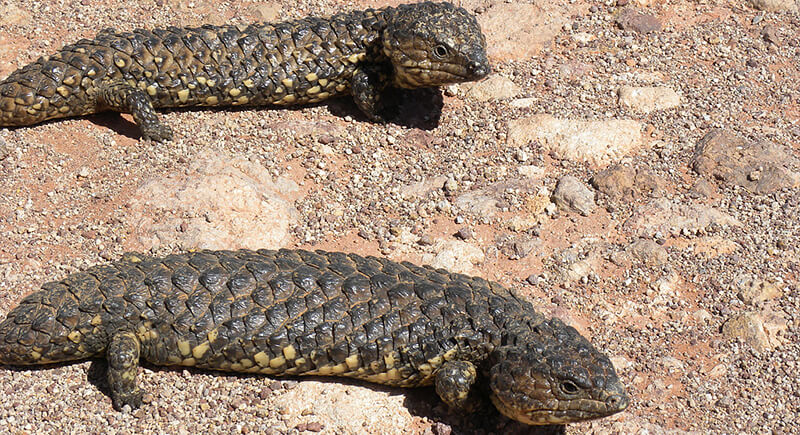
Credit: Wikimedia Commons
Shingleback lizards are well known for their long partnerships, even though they spend most of the year alone. When breeding season arrives, they search for the same mate, and some pairs reunite for more than 20 years. Familiar partners often mate earlier, which gives their offspring a better chance of survival.
Beavers Build A Family Business
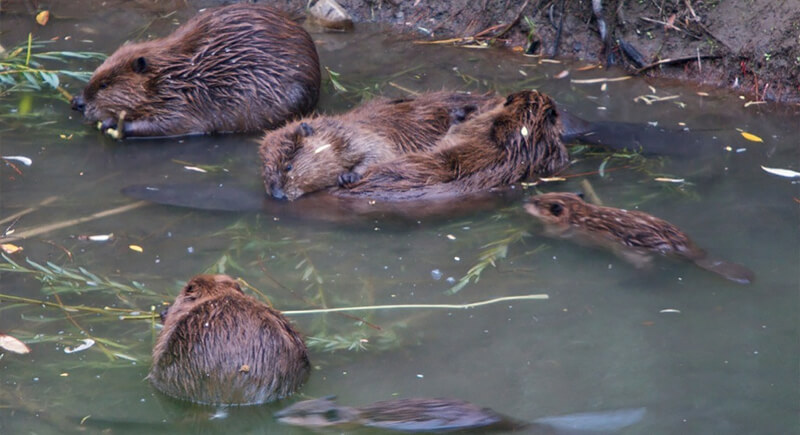
Credit: Wikimedia Commons
A beaver partnership functions almost like a construction crew that never takes a break. Maintaining dams, patching lodges, gathering branches, and raising kits works far better with a dependable partner. Young beavers stay with their parents for roughly two years before striking out on their own.
Albatrosses Dance Before Commitment
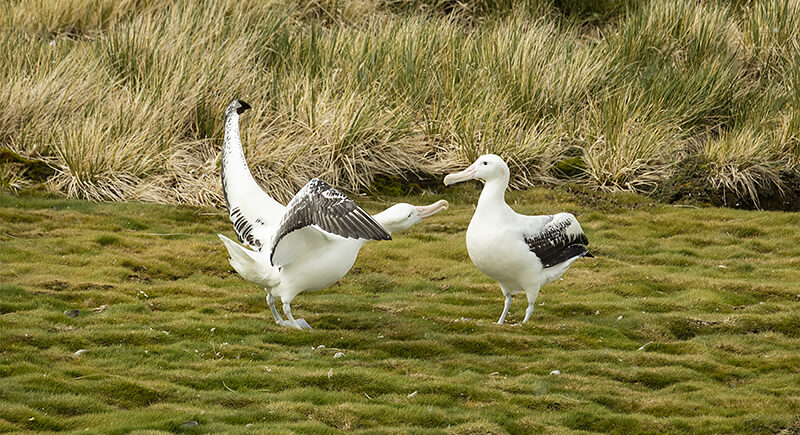
Credit: Wikimedia Commons
Long before they mate, albatrosses practice elaborate dances with potential partners. These seabirds spend years perfecting a performance with one individual before finally pairing off. Once bonded, they reunite with each other every breeding season, even after being apart for months. Since they produce just one chick per year, stable cooperation is key.
Prairie Voles Cuddle Constantly

Credit: Wikimedia Commons
Among rodents, prairie voles stand out for their affectionate style of monogamy. They form bonds through grooming and nesting together. Males often remain involved after birth by helping to raise pups and defend the nest. Scientists have even studied the brain chemistry of the prairie vole to understand human bonding. When one vole says goodbye, the survivor shows signs of grief.
California Mice Argue Like Old Couples
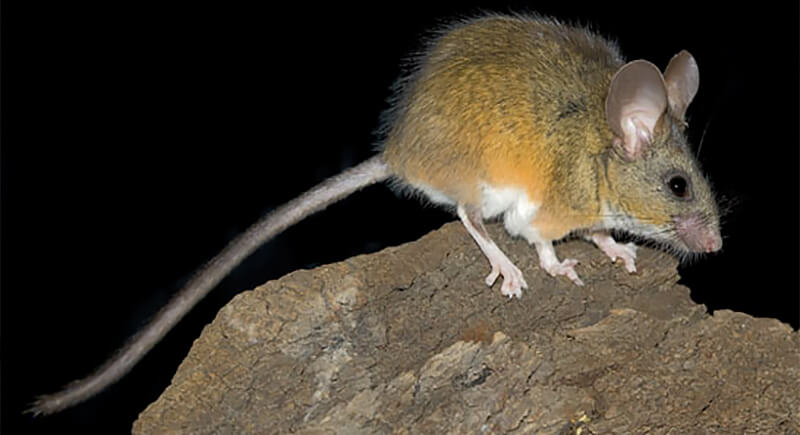
Credit: Wikimedia Commons
California mice’s loyalty has been tested in labs, where most refuse to abandon their partner for a newcomer. When reunited after a period of time apart, some pairs vocalize in short barks linked to tension, especially if one mouse has experienced separation from a potential mate. The brief disagreement fades as they return to nest‑building together.
Termite Royals Stay Together For Decades

Credit: Wikimedia Commons
In some termite species, a king and queen rule the colony side by side for their entire lives. Once mated, they begin a long career of reproduction, with the queen laying thousands of eggs and the king sticking close by. This rare insect’s monogamy can last 20 years or more.
Black Vultures Enforce Monogamy Socially
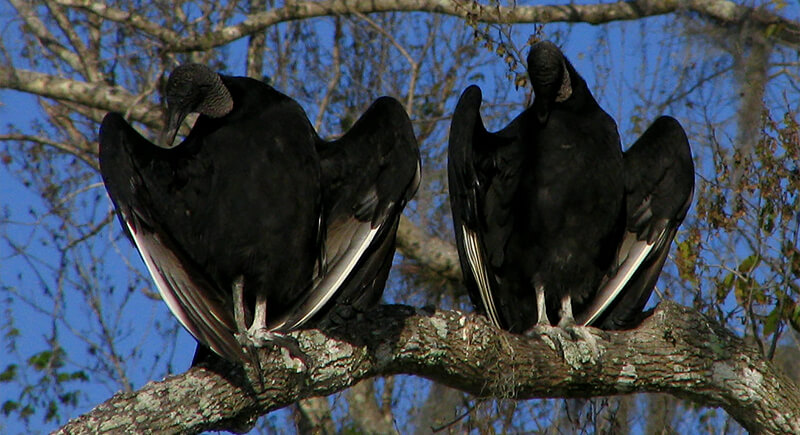
Credit: Wikimedia Commons
These vultures pair up and rely on group pressure to maintain stable relationships. A bonded pair shares every major parenting duty, from keeping eggs warm to feeding hatchlings. When a vulture strays, the rest of the flock reacts forcefully, sometimes confronting the offender until they retreat. This social system keeps infidelity rare.
Seahorses Court With Daily Rituals

Credit: Wikimedia Commons
Many seahorse species mark each morning with a small reunion dance, characterized by gentle motions, coordinated swimming, and shifting colors. The routine helps stabilize their connection after spending the night anchored to different plants. The male carries developing eggs in his pouch, a role that makes him the one who “gives birth.”